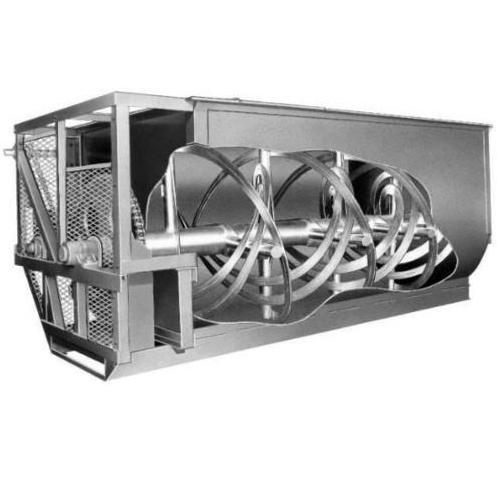A fluid bed dryer is a machine that can be used for a variety of tasks, including powder drying, mixing, and agglomeration. Chemical, pharmaceutical, dyestuff, foodstuff, dairy, and other industrial sectors can all take benefit from this. For effective drying, mixing, granulation, finishing, and chilling of powdered items, fluid bed dryers are frequently used in conjunction with spray dryers and granulation systems. For drying and chilling a variety of polymer materials that require precise control of residence time and temperature for successful processing, these are frequently favoured over rotary dryers.
The materials are fluidized in the fluid bed dryer. A hot air or gas flow is introduced through the solid particle bed during the fluidization process. Through the crevices between the particles, this gas or air will travel upwards. The upward drag forces on the particles rise as the velocity increases until equaling the gravitational forces beneath them. As a result, the bed is said to be fluidized, with the particles suspended in it.
In a fluid bed dryer used for powder drying, the air is drawn in from the outside using a fan powered by an electric motor inside the drier. The air is subsequently heated by passing through the dryer’s heating system. Moist materials are set on a shaking perforated steel bed, and this hot drying air is forced through them. This air is injected at the proper velocity and temperature to fluidize the bed, allowing each particle to have close contact with the air. The particles in the bed are transported forward slowly along the length of the dryer while the bed vibrates or rattles.
The heated air absorbs all of the moisture in the particles, which then escapes into the dust recovery system, where it is recycled for use in the process. As the particles move over the bed, the velocity and temperature of the air can be adjusted, allowing for effective drying of very moist to sticky materials. The dried material is subsequently sent into the cooling zone, where cold air lowers the material’s temperature to the desired level. As a result, using a fluid bed dryer to dry a product or powder efficiently as possible.
Fluid bed dryers in the pharmaceutical industry have several advantages. Here are some of them:
- Fluid Bed Dryer With A Fluid Bed
- When the thermal energy is supplied by an internal heat exchanger, the thermal efficiency is quite high.
- Low-cost of capital
- Maintainability and control are simple.
- Heat and Mass Transfer Rates That Are Extremely High
Dryers’ Importance in the Pharmaceutical Industry
While fluidized bed drying has applications in a variety of industries, it is perhaps most notable in the pharmaceutical industry. The moisture content of pharmaceutical granules and powder can be consistently reduced by employing a fluid bed dryer. The conventional method of drying items in trays has been replaced with fluid bed drying technology, which has resulted in significantly faster drying times and more consistent drying conditions for a homogenous end product.
Fluid bed dryers are the finest option for drying a variety of materials, particularly those in the pharmaceutical business. The method allows for precise regulation of the inlet air temperature, ensuring that the proper amount of moisture evaporates from the granule surface. A high incoming air temperature might cause a surface crust, which inhibits deeper moisture from being transferred to the surface, delaying rather than speeding up the drying process.
Promas Engineers is a renowned fluid bed dryer manufacturer in India, specialising in fluid bed dryers for dry powder mixing, agglomeration, and drying. We provided our fluid bed dryer with granulating top spray systems, coating bottom spray units, and custom spray pelleting or coating systems. The fluid dryer price specifies as per the manufacturing structure.



